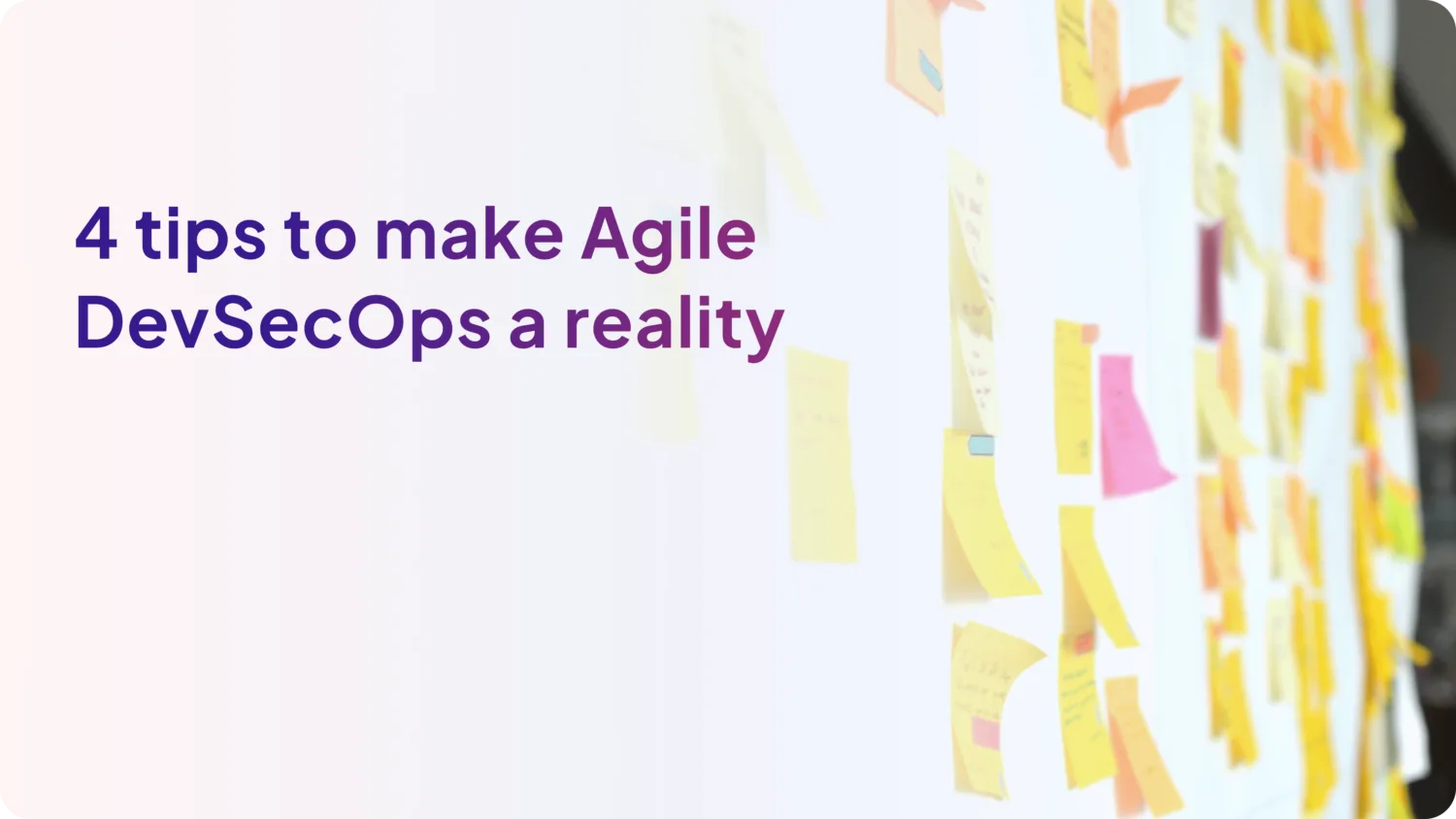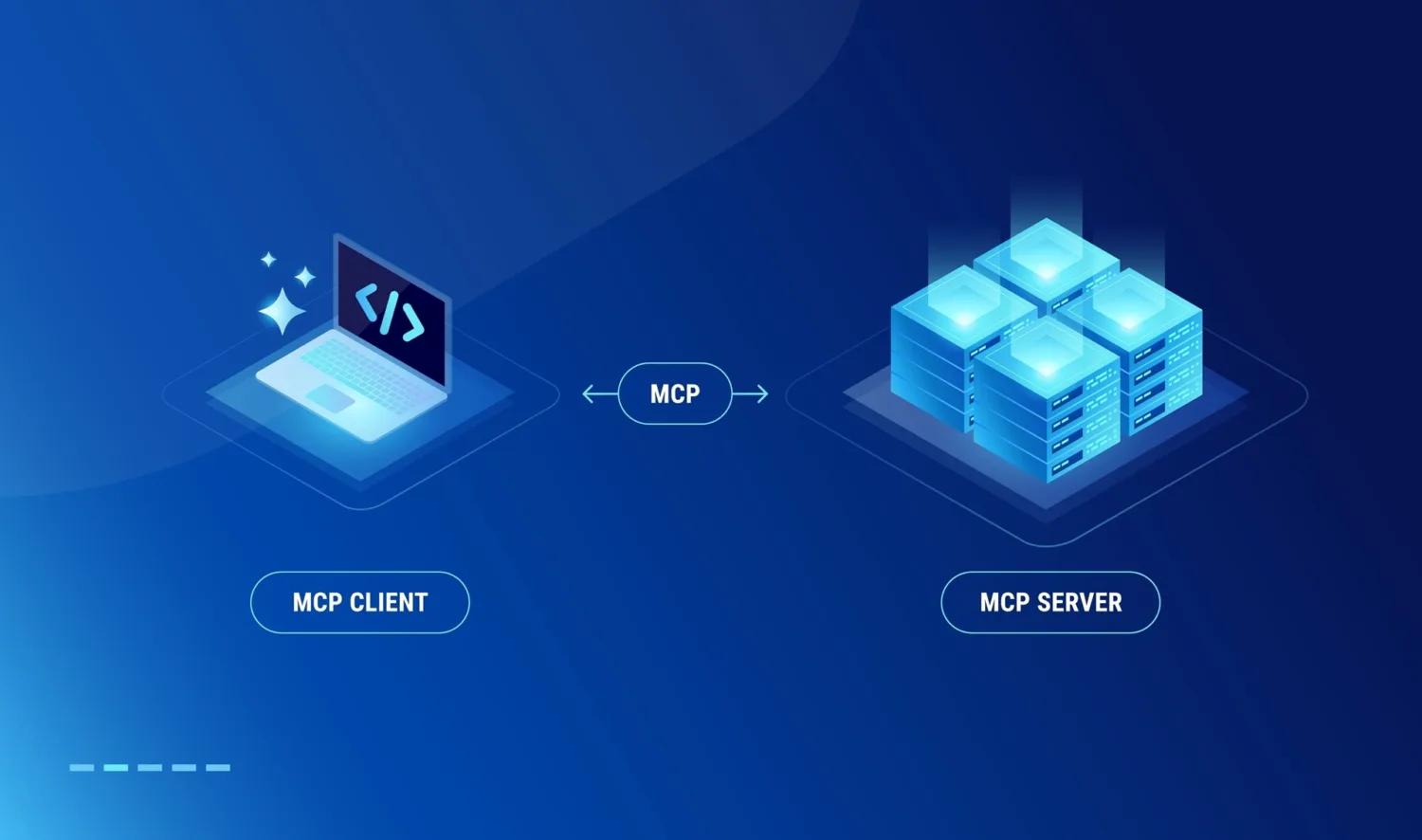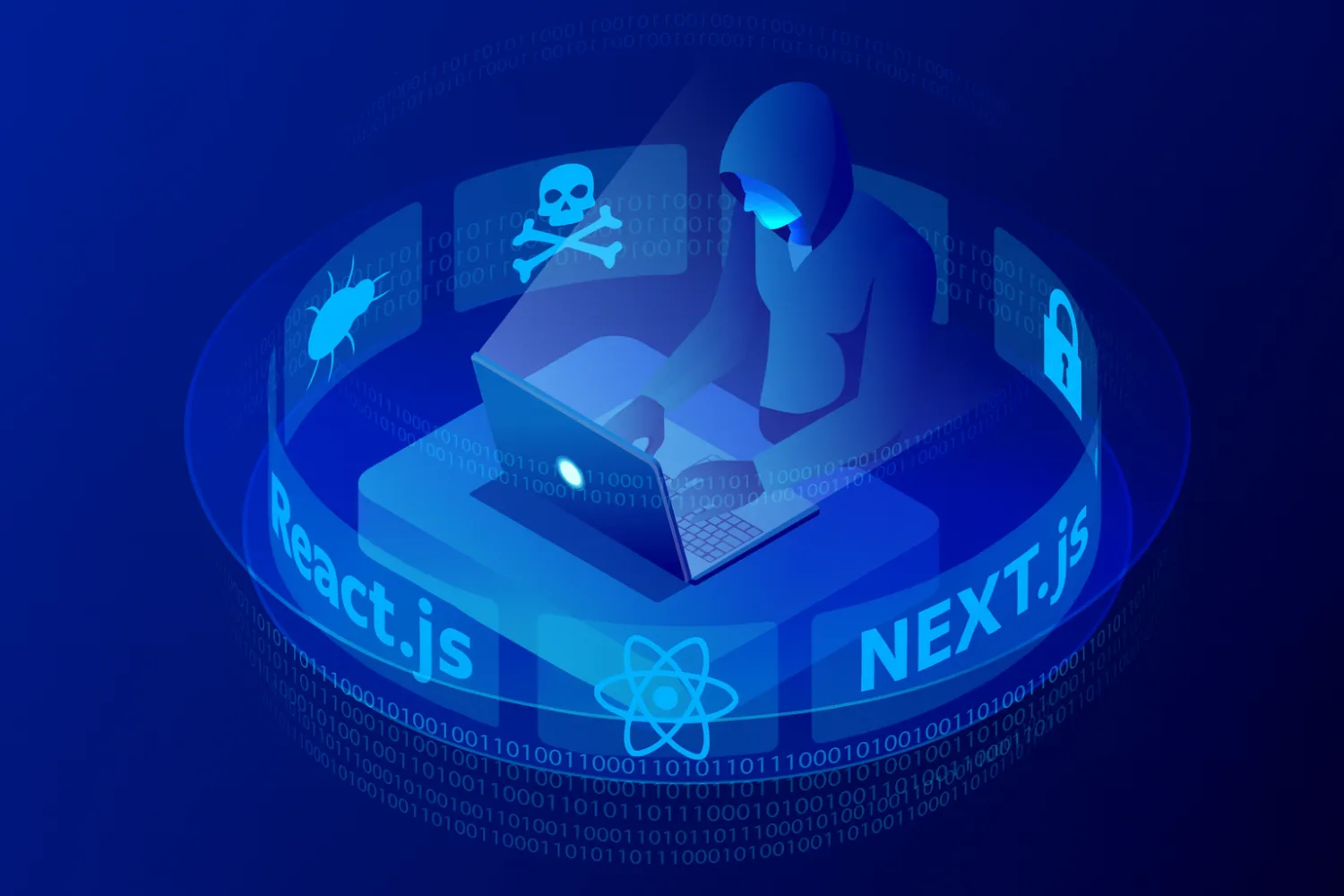4 Tips to Make Agile DevSecOps a Reality

The intersection of Agile & DevSecOps
DevSecOps is helping us build more secure applications and platforms while building on the past successes of Agile development and DevOps to infuse security at every step of the development process. A shift left in security mindset and practices means that vulnerabilities are addressed earlier, leading to shorter release cycles and higher efficiency overall. But are the teams themselves practicing Agile DevSecOps orchestration?
“Security, reliability, and compliance considerations are built into every agile sprint rather than being handled separately or left until the end of the development process.” —McKinsey, Agile, reliable, secure, compliant IT: Fulfilling the promise of DevSecOps.
DevSecOps was created to instill security at all levels of the Agile DevOps and development lifecycle. While ensuring security across every stage in Agile-run projects is progressive by nature, DevSecOps teams are not always run following the Agile Manifesto, with the same types of values, practices, and collaboration that are often applied to dev, or indeed DevOps, teams.
A continuous CI/CD pipeline and composable security automation means that for DevSecOps, Agile can be a natural fit if it is done right. Agile DevSecOps can be more than just embedding security practitioners within DevOps teams, it can be its own beast. Rather than applying the same Agile guidelines to DevSecOps operations as already exist within development efforts, these teams can develop their own Agile methodology, promoting security by design across the wider organization. Here’s how.
Explore how to improve your DevSecOps orchestration and automation with ArmorCode
1. Define Agile DevSecOps values, practices, & collaboration
No matter which style of Agile you’re following, it’s necessary to define the elements from the Agile framework that you’ll incorporate into workflows. Values and principles of operation can be modified from the Agile Manifesto to suit a DevSecOps perspective, whereas the practices themselves can be tracked more closely with a particular methodology. For many teams, this means Scrum meetings, sprints, stories, and retrospectives. For others, it’s a looser style, with daily and weekly stand-ups.
With regard to collaboration efforts, Agile DevSecOps teams will require IT, security, compliance, and risk personnel to work together effectively. While deep security and compliance knowledge is critical on any team, stakeholders across the other verticals, such as Solution Architects and Compliance Managers, will be essential to the mix and for their perspectives, approaches, and constraints. With each of these stakeholders involved, it creates a feedback loop for informing on changes and new components involved in the development and DevOps processes.
These three areas of guidelines are as much of a must for DevSecOps Agile teams as they are for Agile developers and DevOps teams.
2. Follow an As Code approach
“Security as Code (SaC) is the methodology of codifying security tests, scans, and policies. Security is implemented directly into the CI/CD pipeline to automatically and continuously detect security vulnerabilities.” —Alvaro Muñoz, GitHub.
Security as Code helps promote security practices and workflows that are repeatable, living, iterative, and buildable across the CI/CD pipeline. A DevSecOps as Code approach will also secure Infrastructure as Code, for holistic enterprise-wide application and platform security.
The “As Code” approach to Agile DevSecOps is imperative. While good documentation works for many enterprise-level imperatives due to the ever-changing nature of security concerns, version-controlled, code-based practices are critical. Best practices must be followed in codifying security, much the same as in the software development process itself.
3. Implement guardrails for DevSecOps at a whole-of-business level
Alignment on security needs to happen at the whole-of-business level, including taking into consideration your business goals and reputation. Stakeholder buy-in across higher levels is critical. Cross-business stakeholder buy-in for your applications and architecture security posture should start from alignment on your goals and audience that you serve and flow from there. Baseline levels of the general market, competitors, industry leaders, and whole-of-world space can be used to determine the guardrails of all IT projects within the business.
In an ever-evolving security landscape, the security posture of these external influences must be evaluated and measured and then implemented, improved or changed within the business, and monitored; a process that lends itself to Agile practices.
By using guardrails that have been developed by non-functional overall business requirements, such as sustainability, customer focus, and innovation, DevSecOps teams are empowered to explore aligned security imperatives, tooling, and monitoring without limitations.
4. Get to know your customer
Agile is about the intersection of customers and developers: the communication between the two is designed to result in a product that satisfies the customer, thanks to iterative and incremental, explorative team-based software development and feedback loop techniques.
This is, in fact, the main guiding principle of Agile software development: to produce an incrementally built software product that always satisfies the customer. The values, practices, and collaboration that arise are built primarily to satisfy this underlying principle.
But who is the customer in DevSecOps? Here, instead, it is the Minimum Viable Customer. Concentrated DevSecOps teams may develop focused, extended DevSecOps configurations for different customers, however, these are not always necessary in all projects. The customer is also the enterprise internally itself: the security posture they wish to project outwardly, including the all-of-business non-functional requirements as guiding principles.
To remain aligned with the desires of the Minimum Viable Customer and the internal business means checking in regularly to ensure DevSecOps is operating according to what these two customers would want. In the case of conflicting constraints, a more in-depth analysis is required.
Monitor & measure Agile DevSecOps with the right tools
Monitoring and observability are critical to the success of Agile DevSecOps. By developing key security metrics and deploying real-time monitoring across the software development lifecycle, businesses can be assured of the delivery of business value of these efforts. Building secure is just as important as building it right, and you need to be assured that applications and platforms are indeed secure.
Real-time and on-demand AppSec reports to track risk mitigation efficiency and security remediations allow teams and stakeholders to gain a single source of truth for their application security posture.
Creating a single source of truth that enables DevSecOps requires taking the Agile DevSecOps approach and applying it to your security tooling ecosystem as well. This is the value brought by the ArmorCode AppSecOps platform. ArmorCode customers use the platform to unify application security and vulnerability management. It helps them achieve Application Security Posture Management, Unified Vulnerability Management, Continuous Compliance, and DevSecOps Orchestration. Request a demo to see how to enhance your Agile DevSecOps operations.



